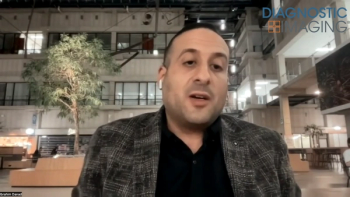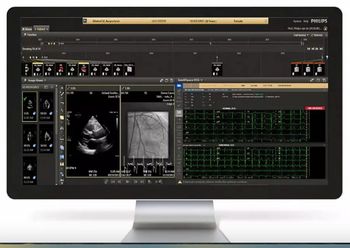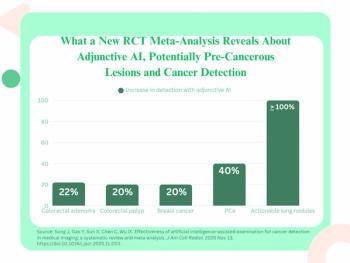
Thermal Imaging Predicts Venous Leg Ulcer Healing
Non-invasive technique can predict which leg wound will heal within three months.
Providers can use thermal imaging techniques to better predict whether leg wounds will require additional care.
In a study published in
“The significance of this work is that there is now a method for detecting wounds that do not heal in the normal trajectory by week two using a non-contact, quick, objective, and simple method,” said Rajna Ogrin, Ph.D., a Bolton Clarke Research Institute Senior Fellow. “A non-contact method like thermal imaging would be ideal to use when managing wounds in the home setting to minimize physical contact and, therefore, reduce infection risk.”
According to existing estimates, up to 2 percent of populations in developed countries will experience a chronic injury during their lives. This means 6.5 million Americans will be impacted, levying a heavy $25-billion price tag on the healthcare system.
But, to side-step this potential problem, Ogrin said, thermal imaging can detect the heat distribution of an injury. Higher temperatures point to potential inflammation and possible infection while lower temperatures indicate a slower healing rate likely due to decreased oxygen.
For their study, the team used thermal imaging to analyze venous leg ulcers on 60 participants. They found that this technique outperforms digital imagery and planimetry would tracing at detecting healing wounds by week four.
This method is superior to regular wound photography, said Dinesh Kumar, Ph.D., an engineering professor at RMIT University, because it is difficult for this second strategy to accurately measure changes in wound size and other physiological parameters over time in the home environment. Variations in lighting conditions, image quality, and camera angle interfere with assessment.
“Textural analysis of thermal images is resilient to these variations and is a time-efficient and cost-effective method to identify delayed healing of venous leg ulcers and improve patient outcomes,” said Kumar, who leads the RMIT Biosignals for Affordable Healthcare group.
For more coverage based on industry expert insights and research, subscribe to the Diagnostic Imaging e-Newsletter
Newsletter
Stay at the forefront of radiology with the Diagnostic Imaging newsletter, delivering the latest news, clinical insights, and imaging advancements for today’s radiologists.


























